Enter Diane Scrofano. Diane was one of the presenters at the YA Summit in Las Vegas and prepared a blog post on the topic of her presentation. It focused on YA connections to Hamilton and you can find it here.
Like I said, she is industrious and awhile I was wondering what to do earlier this week, Diane sent me this post and asked if I was interested. It goes back to her interest in YA and mental illness, an interest she shares with her new friend, colleague, and fellow summit presenter Kia Richmond (Kia has a blog post on a parallel topic and about a year ago--look for the book soon.) It many ways these two post are great companion pieces for a class. Diane reminds us that July is National Minority Mental Illness Awareness Month. The following post explores titles that if you don't know them they should soon be added to your "to be read" list. I know I added a couple of titles to mine.
“Surprise, Surprise”: Increasing Diversity in YA Novels of Mental Illness by Diane Scrofano
I was surprised by the obvious again, this time more recently, when I found out that July is Minority Mental Health Awareness Month and that it has been since the U.S. House of Representatives declared it so in 2008. As a NAMI volunteer and a co-advisor of my community college’s chapter of NAMI on Campus, I knew about the annual May Mental Health Awareness Month and the Mental Health Awareness Week which happens annually in October—most NAMI Walks across the country happen in either May or October for this reason—, but Minority Mental Health Month gets less attention. As Michael Cart might say, “Surprise, surprise.” So, to do my little part this July to help build awareness of Minority Mental Health Month, I’d like to consider my research on YA novels of mental illness in terms of diversity—ethnic and otherwise. As NAMI says, “Mental health conditions do not discriminate based on race, color, gender or identity. Anyone can experience the challenges of mental illness regardless of their background….In many communities, these problems are increased by less access to care, cultural stigma and lower quality care.” It’s important that teens of color and teens of varying sexual orientation and gender identity see themselves represented in the YA literature of mental illness. So that you can recommend such books to teens, I’d like to provide an overview of some of the titles featuring diverse characters with mental illness and what gaps in coverage will hopefully be filled by promising YA authors of the near future!
Mona was one of the few characters I found in YA novels of mental illness who had the quite common “dual diagnosis” of mental illness and substance abuse. To find more dual diagnosis stories, I suspect that I’ll have to search the YA novels of drug abuse. The problem novel about drug use has been a widely acknowledged subgenre in YA fiction since the 1970s’ Go Ask Alice, and I wonder if many books marketed as stories of drug abuse will also include a character trying to self-medicate for mental illness. The possibility that a book about a mentally ill person who self-medicates with illegal drugs would be marketed as a drug novel instead of a mental illness novel brings up a variety of interesting questions: is drug use more socially acceptable, even glamorized in the media, and less stigmatized than mental illness is? Will a drug book sell better than a mental illness book? (If this turns out to be the case, then it’s probably significant that Rainbow Rowell’s Fangirl, which I will bring up again later, focuses on the anxious nerdy character rather than the party girl. Wren, who has a drinking problem, takes a back-seat in the narrative to protagonist Cath, who suffers from anxiety.)
Or does the separation of the drug subgenre from the mental illness subgenre stem from a bias in the other direction, against the drug user? Does the reading public, who publishers are marketing to, still see drug use as a lifestyle choice more than a mental illness? Are characters with genetic predisposition to mental illness more sympathetic than those who are genetically predisposed to addiction but nevertheless must make a choice to try illegal drugs?
Getting back to The Memory of Light, a kindly psychiatrist, Dr. Desai, helps Vicky see that she can make a place for herself and take an active role in solving seemingly insurmountable problems. We find another Indian mental health professional in Matthew Quick’s Silver Linings Playbook. Pat, white, is less than sensitive or politically correct when he’s surprised to see his Indian therapist and several friends at the Philadelphia Eagles football games. The therapist and his friends know they might be looked at askance, so they flaunt their differences by painting their bus to say “Asian Invasion.” The American Psychological Association reports that, although the psychologists of the U.S. are over 80% white, according to 2016 data, (Lin et al., 2018), the profession has been diversifying over recent years (2015). The psychiatrist in Teresa Toten’s The Unlikely Hero of Room 13B wears dread-locks and has a Caribbean-sounding last name. So, perhaps the ethnic representation of psychiatrists in fiction is starting to mirror the increased diversity in the profession, and non-white psychiatrist characters in fiction can also underscore the importance of cultural sensitivity in medicine, which can often be achieved when a young patient of color is able to see a therapist of color.
Also on the topic of Latino characters in novels of mental illness, it may also be worth noting that two of the boyfriends in Rainbow Rowell’s Fangirl are Latino. In that novel, sisters Cath and Wren struggle with anxiety and alcoholism, respectively. Rowell points out, though, that there is a sizable Mexican population in Nebraska, where the sisters grew up and went to college. Realistic setting details or token minor characters of color? You decide.
While Mira’s depression seems more biologically originated, Sebby’s has been triggered by the trauma of a hate crime. Sebby was severely beaten for being gay. Sebby is a white foster kid living with an Evangelical Christian woman and struggling with drug addiction. Mira and Sebby befriend Jeremy, who has been the subject of bullying for having two dads. Jeremy and Sebby raise the question as to whether mental illness, when presented in novels whose characters have trouble fitting in, should be presented as a result of circumstances and the struggle to fit in socially or whether that mental illness should be presented as genetic and inherited as well. This issue raises some interesting questions: is a story of mental illness caused by trauma necessarily a different story than a story of mental illness that is not? Is a character who is depressed because they’ve been bullied for being gay or transgender significantly different from a story of a straight kid who wakes up one morning not wanting to get out of bed for no apparent reason? According to Michael Cart (2016), gay teens are two to five times more likely to attempt suicide than straight ones. Is the depression a result of a lack of social acceptance or did a chemical predisposition to depression cause the suicidal teen to react to bullying in that particular way? What came first: the chicken or the egg? Does it matter?
In John Green and David Levithan’s Will Grayson, Will Grayson, depression is the first issue that the character struggles with and is treated for, and he figures out that he is gay afterward; the novel seems to be much more about struggling with low mood than struggling to accept sexuality. Often, we expect the reverse to happen: the character struggles with sexuality and therefore becomes depressed.
Kaim, Nomi. (2018). “Autism spectrum and mental illness: Misdiagnosis or co-occurring condition? Asperger/Autism Network. Retrieved from https://www.aane.org/misdiagnosis-co-occurring-condition/
American Psychological Association. (15 Sept. 2015). “New APA report analyzes demographics of the US psychology workforce.” Retrieved from http://www.apa.org/pubs/newsletters/access/2015/09-15/psychology-workforce.aspx
Autism Speaks. (2018). “Autism's associated medical and mental-health conditions.” Retrieved from https://www.autismspeaks.org/what-autism/learn-more-autism/associated-health-conditions
Cart, Michael. (2016). Young adult literature: From romance to realism. 3rd ed. American Library Association.
Lin, Luona, Karen Stamm, and Peggy Christidis. (2018). “2007-16: demographics of the U.S. psychology workforce.” American Psychological Association Center for Workforce Studies. Retrieved from http://www.apa.org/workforce/publications/16-demographics/index.aspx
National Alliance on Mental Illness (NAMI). (2018). “Minority mental health awareness month.” Retrieved from https://www.nami.org/Get-Involved/Awareness-Events/Minority-Mental-Health-Awareness-Month
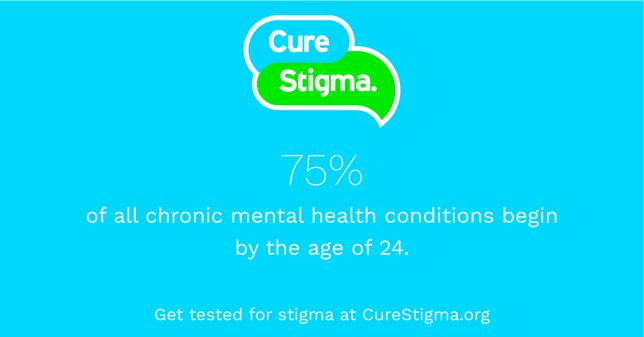

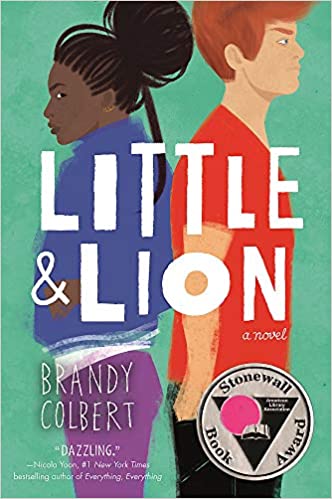
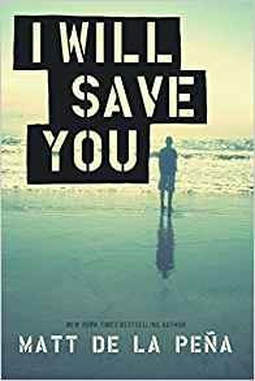
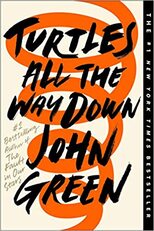
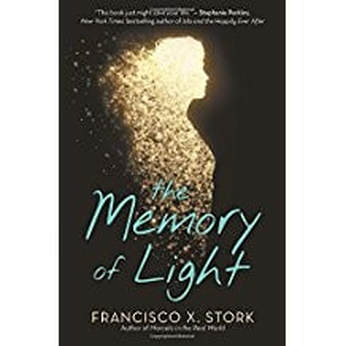
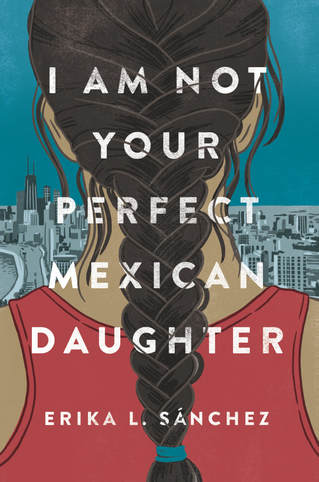
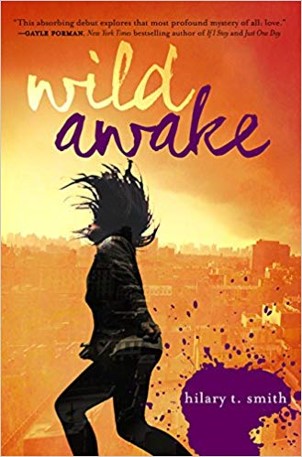
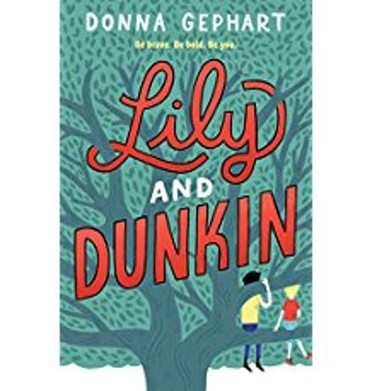
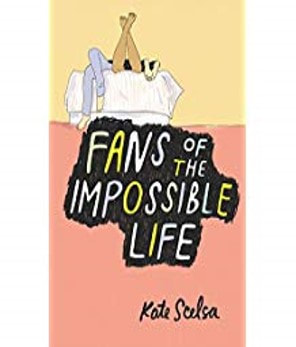

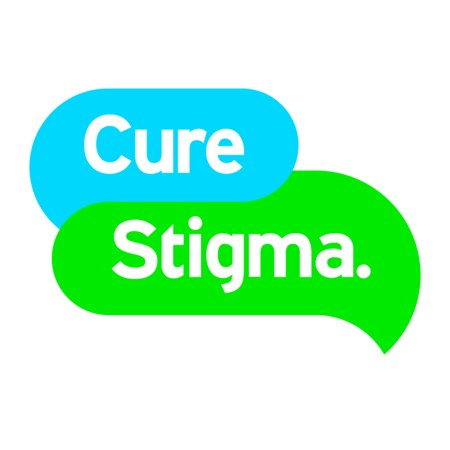
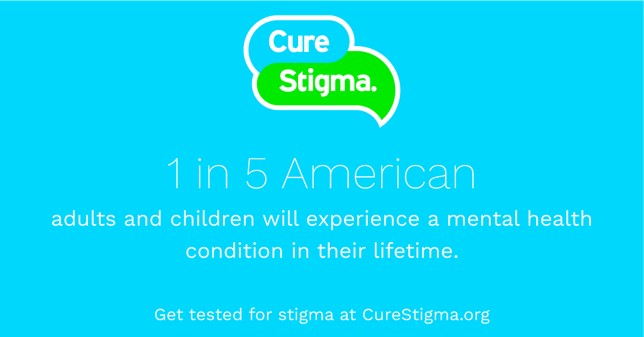

 RSS Feed
RSS Feed